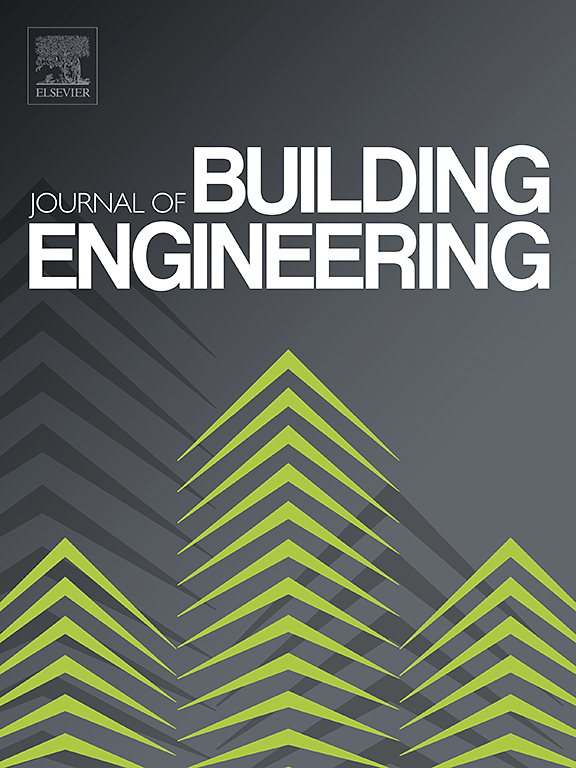解冻永久冻土地区地源热泵的数值评估
IF 6.7
2区 工程技术
Q1 CONSTRUCTION & BUILDING TECHNOLOGY
引用次数: 0
摘要
永冻土退化给北极和亚北极地区,尤其是加拿大乌米乌雅克等地区带来了重大的环境和地质挑战。气候变暖导致永久冻土融化,造成地面不稳定,破坏水文,影响当地的建筑环境。本研究采用二维热-水-机械(THM)耦合有限元分析,考虑了地面孔弹性和孔塑性响应,评估了使用地源热泵(GSHP)缓解永久冻土地区地面沉降的情况。研究采用单井方案来展示热、水力和机械过程之间的相互作用。数值研究了不同温度管理策略下 GSHP 运行的影响,包括全年 GSHP 温度恒定为 -5 °C 的情况。结果表明,GSHP 运行会加剧钻孔附近的地面变形,尤其是在冬季。不过,全年保持 GSHP 运行可以缓解极端沉降波动,从而使地下环境更加稳定。虽然 GSHP 系统可以提供有效的热调节,但其运行可能会带来机械应力,从而对钻孔附近的地面造成潜在干扰。因此,精心设计、运行和进一步研究对于平衡永久冻土地区的热效益和地面稳定性至关重要。本文章由计算机程序翻译,如有差异,请以英文原文为准。
Numerical evaluation of ground source heat pumps in a thawing permafrost region
Permafrost degradation poses significant environmental and geological challenges in Arctic and subarctic regions, particularly in areas like Umiujaq, Canada. The warming climate leads to thawing permafrost, causing ground instability, disrupting hydrology, and impacting local built environment. This study evaluates the use of Ground Source Heat Pump (GSHP) operation for mitigating ground subsidence in a permafrost region using a two-dimensional Thermo-Hydro-Mechanical (THM) coupled finite element analysis considering the ground poro-elastic and poro-plastic responses. The research uses a single-well scenario to demonstrate the interactions among thermal, hydraulic, and mechanical processes. The impact of GSHP operation under different temperature management strategies, including a scenario with a constant GSHP temperature of −5 °C throughout the year is numerically investigated. Results indicate that GSHP operation exacerbates ground deformation near the borehole, particularly during winter months. However, maintaining GSHP operation throughout the entire year can mitigate extreme subsidence fluctuations, leading to a more stable subsurface environment. While GSHP systems provide effective thermal regulation, their operation can introduce mechanical stresses that potentially disturb the ground close to the borehole. Therefore, careful design, operation, and further research are essential to balance thermal benefits with ground stability in permafrost regions.
求助全文
通过发布文献求助,成功后即可免费获取论文全文。
去求助
来源期刊

Journal of building engineering
Engineering-Civil and Structural Engineering
CiteScore
10.00
自引率
12.50%
发文量
1901
审稿时长
35 days
期刊介绍:
The Journal of Building Engineering is an interdisciplinary journal that covers all aspects of science and technology concerned with the whole life cycle of the built environment; from the design phase through to construction, operation, performance, maintenance and its deterioration.
 求助内容:
求助内容: 应助结果提醒方式:
应助结果提醒方式:


